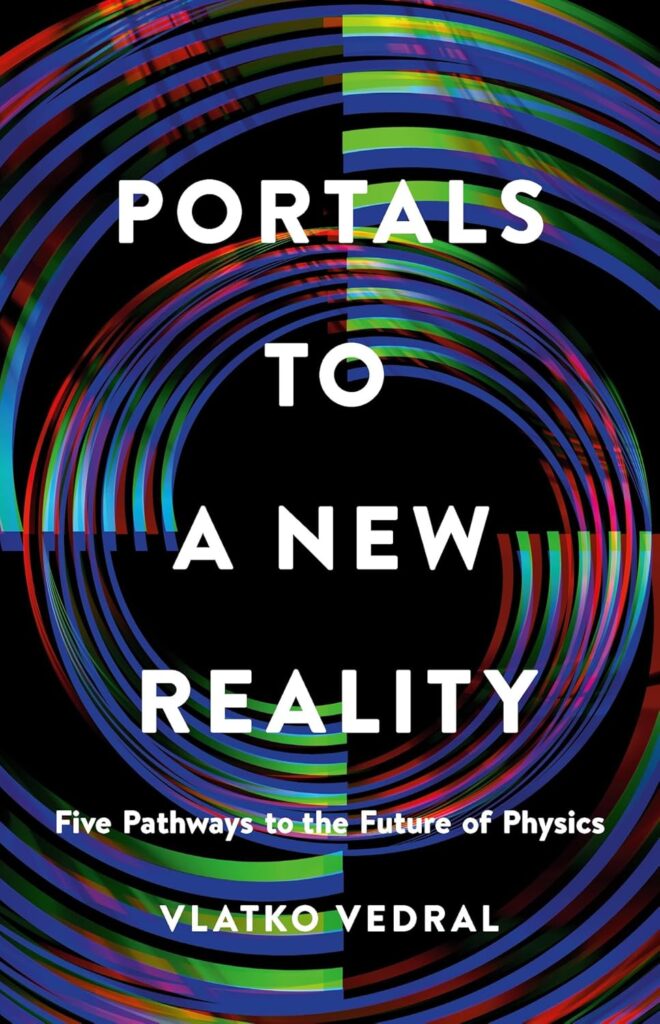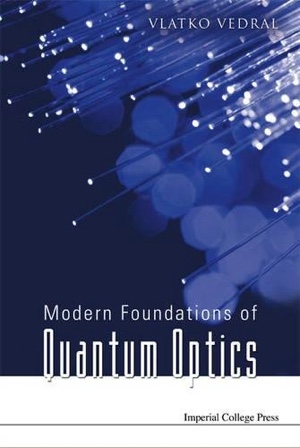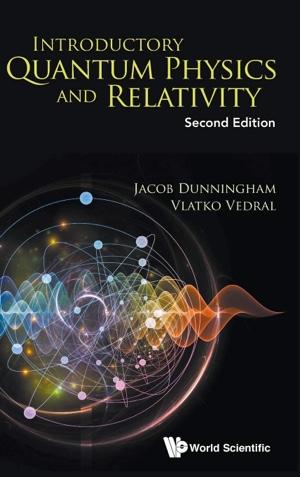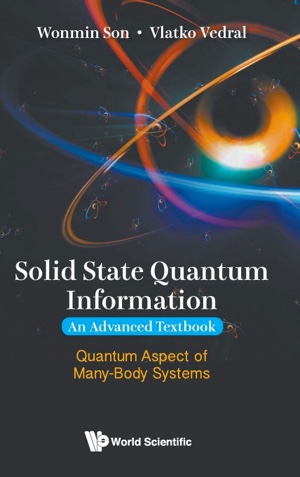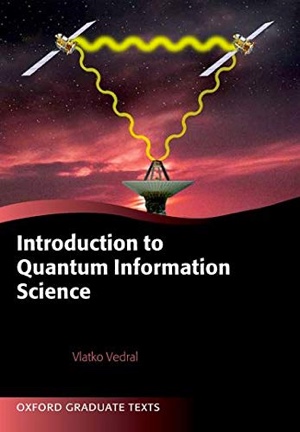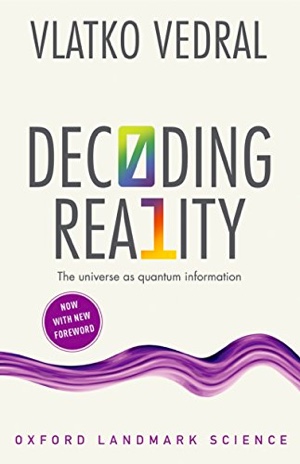Higgledy-Piggledy
John Wheeler, one of the legends of modern physics, used to say that “everything comes from higgledy-piggledy”. This was his usual reply to the question “Why quantum?”, to which no one has so far found an answer. Why is Nature fundamentally quantum mechanical, especially when it seems that there are so many other things that it could have been and so many different ways the laws of Nature could have come out to be? When faced with a profound mystery such as this one, we might as well throw our hands in the air with Wheeler and acknowledge that the answer is simply blowin’ in the wind.
Wheeler was seeking to understand the mind of God. Could it be that even God was constrained when choosing how to make the world and that he/she/it could not have made the universe any other way? In other words, is there a principle, or a set of them, that ultimately leads us invariably only to quantum physics? Einstein famously captured this sentiment by saying, “I want to know how God created this world. I’m not interested in this or that phenomenon, in the spectrum of this or that element. I want to know His thoughts; the rest are just details.”
When looking for deeper principles, there is no better place to start than with the idea of symmetry. If we were to displace the universe 5 meters to the left, would anything change? Could we even tell if such a displacement took place? It seems natural to answer this in the negative. Likewise, if we change the clock time and add 5 hours (or 5 minutes or anything) to it, would this lead to an observable effect? Again, our assignment of a time label to the present instant seems arbitrary, and how we decide to do so should not affect the resulting physics.
As it happens, there are 10 things we can do to the universe and not change the underlying physics: three spatial shifts (in the x, y, and z directions), three rotations (around the x, y, and z directions), three changes of velocity (in the x, y, and z directions) and one shift in time (because, presumably, time is one dimensional).
Curiously, there is now an interesting further fact that almost automatically leads us to the key quantum principle, that of Heisenberg’s uncertainty. Namely, a shift in space is generated by velocity, whereas, symmetrically, a shift in velocity is generated by space. What I mean by this is: if I want to change my spatial location, I can simply do that by traveling at a certain velocity to another location; likewise, if I want to change my velocity (say from zero to some other value), I just need to move from one spatial location to another!
Once we accept this seemingly obvious statement, a mind-blowingly profound realisation follows. In mathematics, the object that tells us how shifts are generated is called a commutator. The commutator of the position and velocity therefore encapsulates the fact that each generates a change in the other. And since they are symmetrical, the resulting value must be a constant. This constant happens to be equal to the square root of minus one, multiplied by Planck’s constant and divided by the mass of the particle whose motion and displacement we are considering. However, the exact value is not the point I am trying to make. Instead, I am saying that the fact that the commutator equals a constant implies that moving in space and then changing velocity is, in quantum physics, not the same as first changing the velocity and then displacing in space. And this is the good old Heisenberg Uncertainty Principle.
So we used 3 positions and 3 velocities, and what remains are 3 rotations and 1 time displacement. The three rotations lead us to the angular momentum and the time displacement leads us to the energy (aka the Hamiltonian) of the particle. Bottom line: all relationships between observable entities in quantum physics are fixed by the 10 symmetries of the universe.
Yes, I have concealed a few details here and there (for the experts: the above describes a unitary representation of the Galilean group), but it seems to me that this road to quantum physics is the closest to what Wheeler would have been looking for.
Now I’d like to conclude with why I don’t think this is the best way to learn quantum physics (even though it might be logically the tightest one). The reason is that humans learn in a particular way by repeatedly encountering instances in which a new concept is used. Learning is all about practice and not about logical or mathematical coherence (there is a funny story about the Hungarian physicist Edward Teller according to which he learnt how to swim by first studying carefully a swimming manual and only then jumping into a pool and swimming; however, I don’t think I am aware of any other such examples where theory comes before practice).
In quantum physics, this means learning about all the situations in which quantum phenomena play a role, such as the double slit experiment, electron diffraction, quantum tunneling, and so on, before describing the formal structure of quantum theory (most textbooks do it this way too). The latter (the formal structure) is of course crucial for a physicist, for else the physical knowledge would merely be a taxonomy of different phenomena not connected by any underlying logic (it would be akin to stamp-collecting according to the memorable words of Ernest Rutherford). But, in terms of learning, the connecting logic comes a posteriori. And it (the logic) gets more and more refined with time, which is how we ended up with the understanding I briefly outlined above.
Will there be an even better way to understand quantum physics? Perhaps. More likely, in my view, is that we will have a theory that supersedes quantum physics, and then all our efforts will be directed toward deepening our understanding of that new theory. And we would have all but forgotten about how much we worried about quantum physics and its meaning in the past…
Sign up to my substack
BOOKS
ASK ME ANYTHING!
If you'd like to ask me a question or discuss my research then please get in touch.
